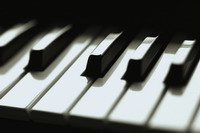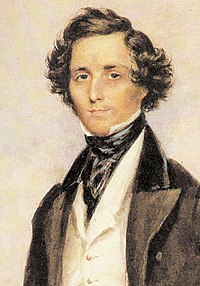Piano Sheets > Mendelssohn Sheet Music > Hark The Herald Angels Sing (ver. 1) Piano Sheet
Hark The Herald Angels Sing (ver. 1) by Mendelssohn - Piano Sheets and Free Sheet Music

About the Song
"Hark! The Herald Angels Sing" is a Christmas hymn or carol written by Charles Wesley, the brother of John Wesley. It first appeared in Hymns and Sacred Poems in 1739. The original opening couplet was "Hark! how all the welkin rings / Glory to the King of Kings". The version known today is the result of alterations by various hands, most notably George Whitefield, Wesley's co-worker, who changed the opening couplet to the familiar one we know today.
One of the tunes originally used for the carol was also used as a tune for Amazing Grace.[citation needed] Wesley himself, however, envisaged his lyrics sung to the same tune as his Easter hymn, Christ the Lord is Risen Today. Jakob Ludwig Felix Mendelssohn Bartholdy, born and generally known as Felix Mendelssohn (February 3, 1809 November 4, 1847) was a German composer, pianist and conductor of the early Romantic period. The grandson of the.
Download this sheet!
About the Artist

Random article
How to locate free sheet music easily If you want to learn how to play piano then having access to free sheet music can be an inexpensive and great way to learn! There are plenty of websites online, which offer you high quality sheet music free. Here are some ways you can locate these sources for your benefit.
The concept of free
If a site provides sheet music, which you can download and print without any infringement of copyright or violations then this is free sheet music. Some websites may have a prerequisite of attaining membership via subscriptions to newsletters or registering with an account. In order to arrive at sites providing no obligation free sheet music, it may take a bit of effort and patience but the results are worth it!
(More...)
